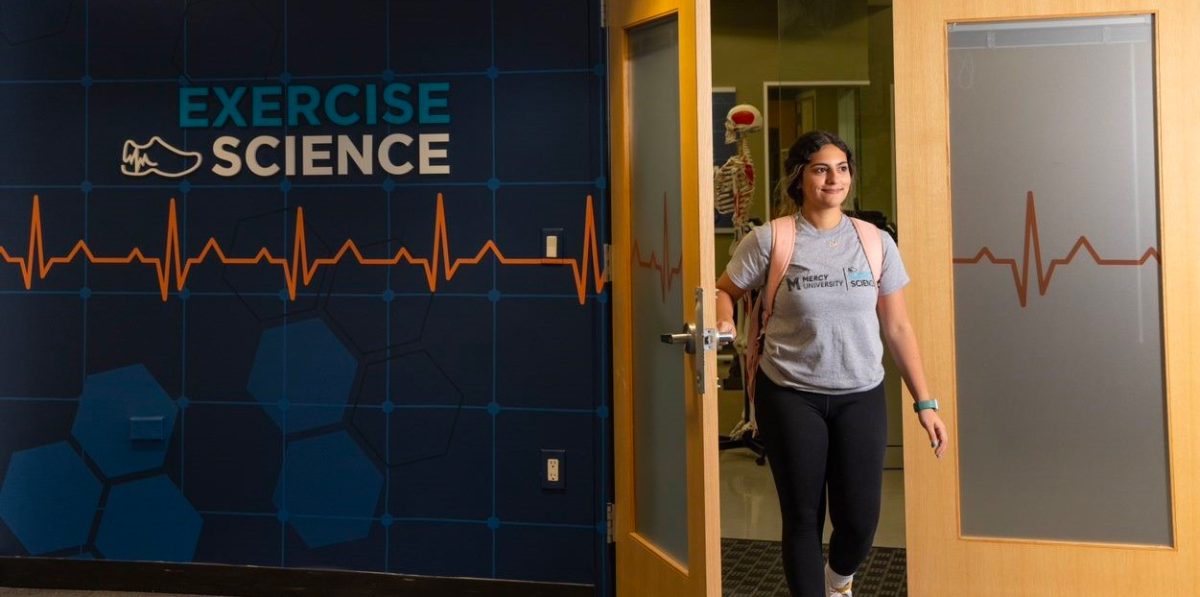In the world of sports every athlete is looking for something to give them an advantage. The next fad in the world of sports is the use of elastic therapeutic tape that supposedly allows many athletes to play through the pain.
The tape was developed back in 1979 by Japanese chiropractor Kenzo Kase. Kinesiology tape has been popular with professional athletes in Japan since 1988 and is gaining popularity in the United States. The majority of the American public was introduced to the tape in 2008 during the Beijing Olympics and again in the London Olympic Games when scantily clad female volleyball players wore the tape in bright colors. The tape was also popular during the games for other sports from track to ping pong.
The popularity of the tape has seen a steady climb in use and can even be seen on many college athletes such as basketball players during the NCAA championship. The tape claims to have great benefits such as preventing injury by protecting muscles and increasing the range of motion. The product is used on athletes who are treating an injury to rehabilitate muscles and joints and boasts the ability to heal fast and manage pain, allowing athletes to continue playing at their best while nursing a sprain or other minor injury.
Kinesiology tape is constructed with cotton fibers and medical grade acrylic adhesive. The tape has a lifting effect said to reduce lactic acid build up and increase blood flow to the area. The tape can be for worn for 3-5 days after placement. The thin but durable material allows for a wide range of movement without any restriction or peeling. The tape is also being used by chiropractors, physical and occupational therapists around the country that have been trained in the technique known as “taping” and they are reporting success and progress in their patients.
Many claim the success of the tape is not only in the design of the tape but the actual technique in which the tape is placed on the muscles that makes all the difference. As the popularity of the tape continues to rise many experts are calling foul and pointing out that there is no scientific evidence to support the claims made by practitioners. Researches claim that what athletes are experiencing is a phenomenon known as the placebo effect.
“My view is that Kinesio tape probably has a significant placebo effect,” says Phillip Newton, physiotherapist.
Dr. Nicholas Fletcher agrees stating, “I think, if anything, there is a placebo effect involved, and there probably is a little bit of a peer pressure effect. When people see athletes who are doing so well, they think, ‘Maybe this could work for me.”
Skeptics also argue that many athletes wear the tape as more of a fashion accessory then a injury prevention device. The Journal of Orthopedic & Sports Physical Therapy published a research report that compared the effects of Kinesio tape, athletic tape and no tape on 51 males with an ankle sprain. The study concluded that the Kinesio tape had no effect on muscle activation. Experts that do express skepticism do not recommend discontinuing use of Kinesio tape because it poses no risk to the individual’s health and that if they believe it is helping they should continue to use it while also being aware of the facts.










kinesio tape • Dec 30, 2012 at 10:16 am
Kinesio tape and even notably that Flexotaping — myofascial kinesiology taping has changed into a trend with the specific sport universe. Less complicated pleased to find sports people as a result of distinctive patches of sporting having on the application on the arms, arm rest, thighs and legs, besides other areas of the body. Considering thinking about many kinesio tape is really and even what exactly choose having on the application?
Provided sporting own, external practitioners, acupuncturists, doctors and even chiropractic health care professionals, many people as a result of ordinary takes in everyday life moreover implement the kinesiotape designed for reduce muscle bound anguish besides other diseases which includes aggravation, shoe symptoms, once again anguish, and even anguish on shoulder blades, guitar’s neck, and even thighs and legs, and others.